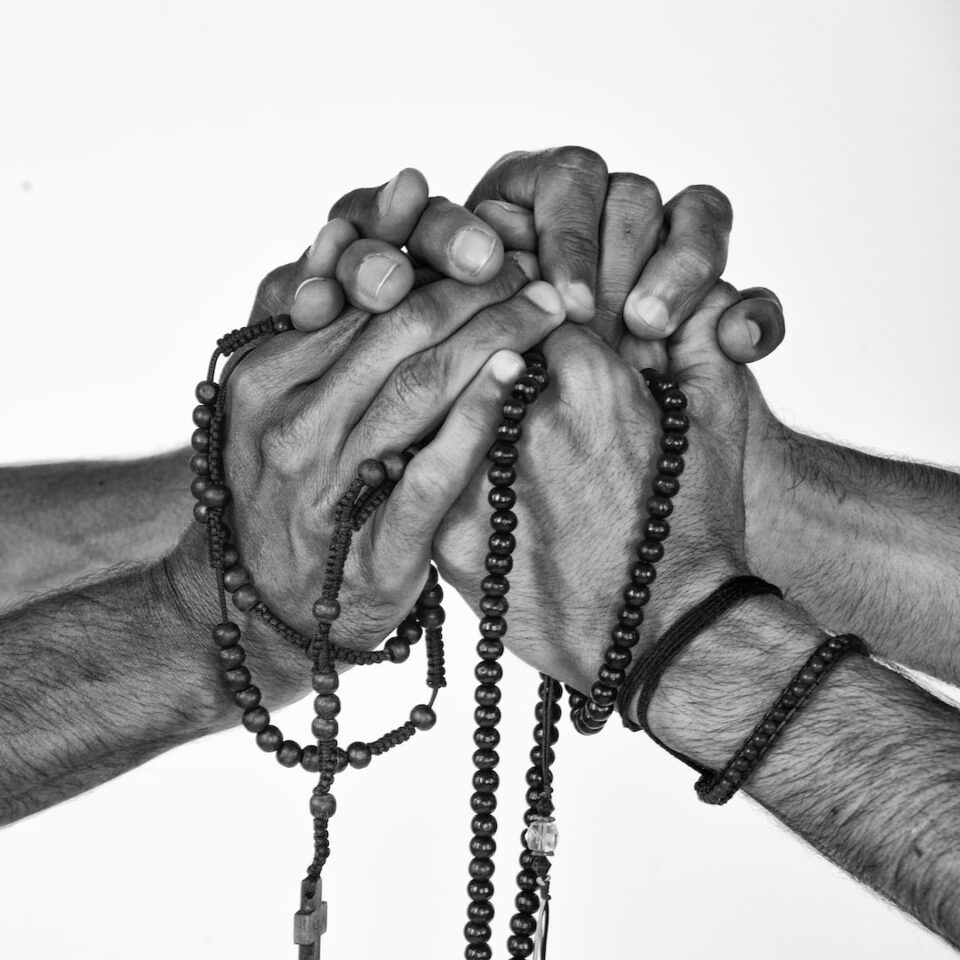The fascinating similarities and differences between different creation myths
Creation myths have been part of human culture since ancient times. These narratives attempt to explain the origins of the world and everything within it. They reflect the deep need of human beings to understand their place in the universe, providing answers and giving birth to various belief systems. While creation myths may vary across different cultures and civilizations, they often share astonishing similarities and intriguing differences.
One striking similarity among creation myths is the concept of a divine or supernatural being as the creator. In many myths, this divine figure is known as a god or goddess. For instance, in ancient Greek mythology, Zeus is regarded as the chief god responsible for creating the heavens, earth, and all living creatures. Similarly, in Hindu mythology, the Trimurti – Brahma, Vishnu, and Shiva – collectively represent the creation, preservation, and destruction of the universe. This depiction of a powerful deity as the ultimate creator can be found in numerous other myths across various cultures.
Furthermore, many creation myths involve the concept of chaos or a primordial state before the existence of the world as we know it. This chaos is often represented as a formless void or an endless abyss. In Norse mythology, the primordial realm of Ginnungagap existed before the creation of the universe, while in the Aztec myth of creation, a dark and watery void called Ometeotl was present before the world was formed. This common theme reflects the human fascination with explaining the transition from nothingness to existence.
Despite these similarities, creation myths also exhibit intriguing differences. One notable variation lies in the materials or elements from which the world and its inhabitants are created. In the biblical account, God creates the world out of nothingness, simply by his divine power. Contrastingly, in the Maori creation myth, the universe is formed from the union of the earth mother (Papatuanuku) and the sky father (Ranginui), who were originally locked in an intimate embrace. Other myths propose that the world was created from the dismemberment of a giant cosmic being or through the combination of various fundamental elements.
Additionally, creation myths portray different cosmologies or ways of understanding the structure of the universe. Some myths describe a flat earth resting on the back of a giant creature or a stack of turtles, as depicted in Native American and Hindu mythologies, respectively. On the other hand, ancient Egyptian mythology envisioned the earth as a disc floating in a primordial ocean. Such diverse cosmological interpretations reflect the cultural, geographic, and historical contexts in which these myths originated.
In conclusion, exploring the fascinating similarities and differences between creation myths allows us to appreciate the universal human quest for understanding the origins of existence. These myths have captivated and shaped cultures throughout history by providing narratives that offer explanations and meaning to the mysteries of the universe. From the presence of a powerful creator deity to the chaotic primordial state, creation myths often share common themes rooted in our collective human experiences. Nevertheless, they also diverge, showcasing the diverse perspectives, beliefs, and cultural contexts from which these narratives arise. Ultimately, studying these myths brings us closer to the human desire to understand our place in the vast cosmos.

